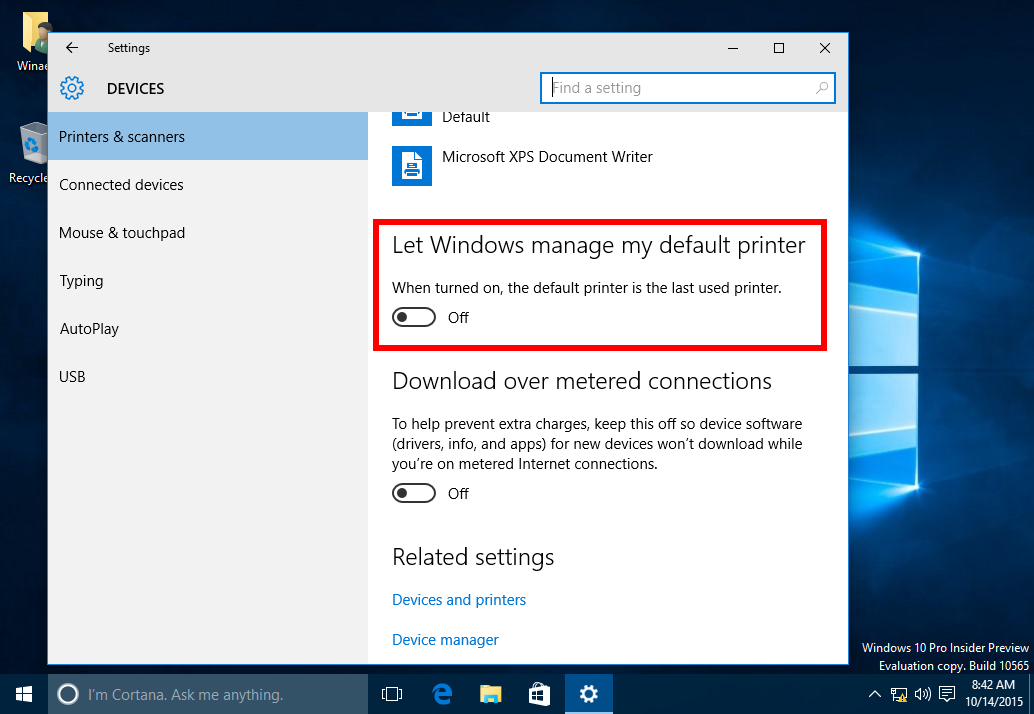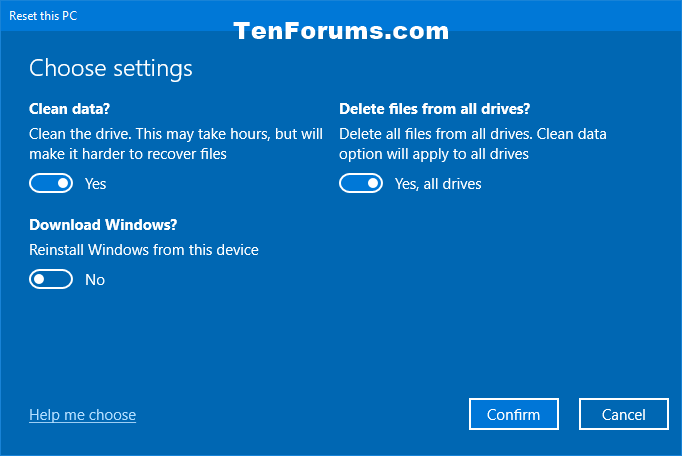
In most cases, once you start to refresh or reset your PC, it’ll finish on its own. Before you start to refresh or reset your PC If you want to back up and restore your personal files using File History, see Backup and Restore in Windows. You can refresh, reset, or restore your PC from the Windows Recovery Environment. If you're having trouble starting (booting) your PC, see Windows Startup Settings (including safe mode), and go to the “Get to Windows Startup Settings in the Windows Recovery Environment” section.

Restore your PC to undo recent system changes you've made. Reset your PC to reinstall Windows but delete your files, settings, and apps-except for the apps that came with your PC. Refresh also keeps the apps that came with your PC and the apps you installed from the Microsoft Store. Refresh your PC to reinstall Windows and keep your personal files and settings.

If you're having problems with your PC, you can: Note: For information about this topic in Windows 11 or Windows 10, see Recovery options in Windows.


 0 kommentar(er)
0 kommentar(er)
